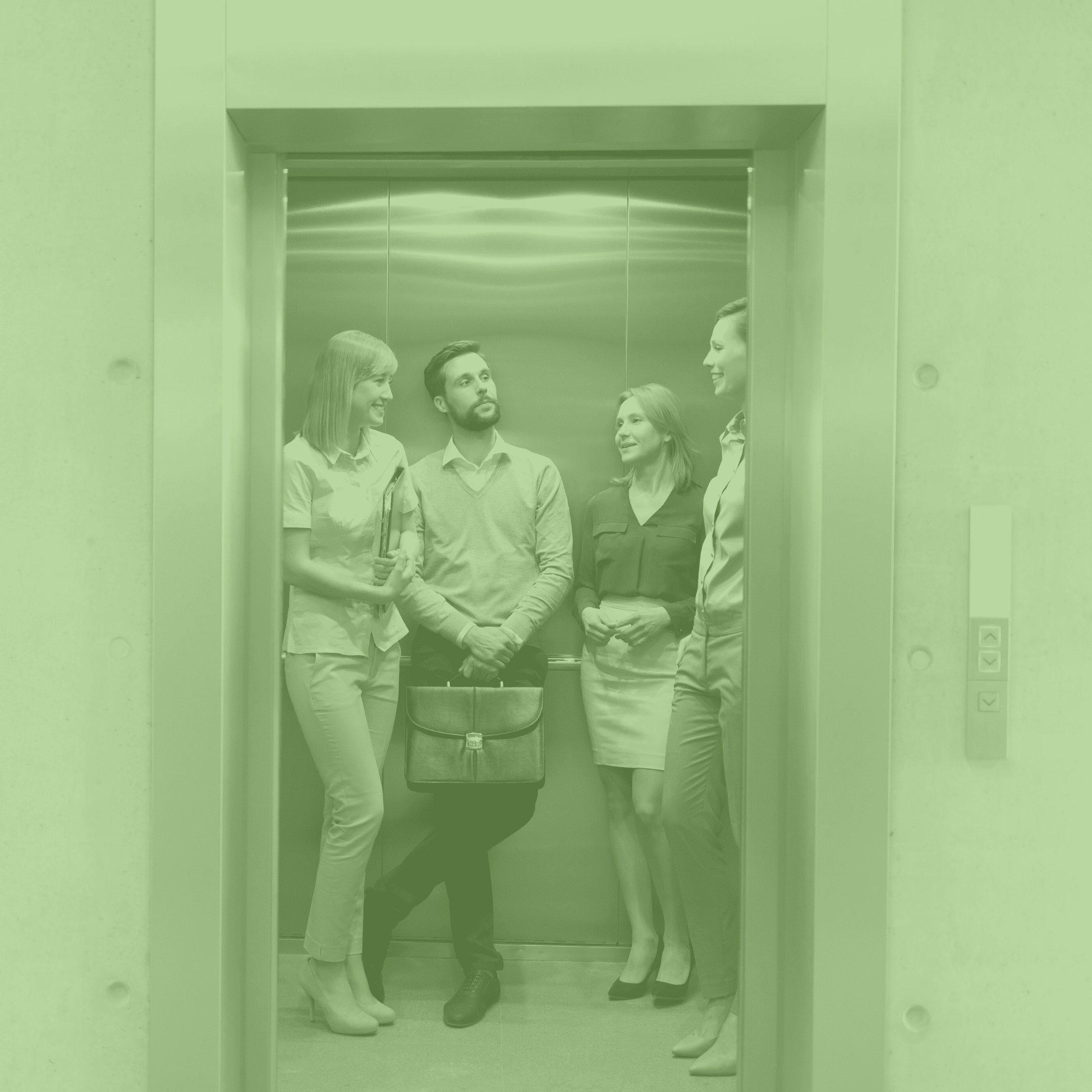If it’s good enough for the Wright brothers

In 1903, Orville Wright, with his brother Wilbur watching from below, piloted history’s first ever powered, manned flight. That singular flight completely changed the course of history. There are now over 100,000 commercial flights in the air each day…(in fact I am writing from one now!). But the Wright Brothers weren’t only remarkable in having achieved that feat, they were also remarkable in the way they experimented to get there.
You see there were other players in the world of flight research in the late 19th century, most of whom used one of two methods when experimenting. Some used small scale models as the basis of their research, while others went the whole hog and conducted their experiments using full-sized, powered aircraft.
Funnily enough, both of these approaches were risky. It turns out that experimenting with small scale models is great…at teaching you about small scale models – leaving a very big jump to human flight. Experimenting with full-sized, powered aircraft yields more relevant results – but is dangerous, resource intensive and slow moving (not to mention the cost involved in travelling such a short distance, both in distance and in learning).
The Wright Bros. took a third approach in conducting their experiments. They believed in following a gradual, incremental and evolutionary path to flight. They began with kites and un-manned gliders, before progressing onto piloted gliders, and eventually to designing an engine. In following this methodology they were able to de-risk their experiments, using each one to learn only what they needed to prove or disprove a hypothesis, before making changes based on their results, and moving onto the next!
In doing so they actually progressed more quickly than their peers, without costly failure. In essence, they were able to fail early and often. If a glider crashed, it didn’t matter – it taught them enough to make it worth it.
As innovators we can learn a lot from Wilbur and Orville – particularly about how to fail well. We too, want our failures to be lean and rich with learning. We don’t want our failures to be the equivalent of a full-sized powered aircraft crash, but rather our workplace’s equivalent of a glider.
In order to achieve this we have to use a scientific methodology:
- Set hypotheses – what are the things you assume to be true about your idea and why it will be successful?
- Design and build an experiment to test your riskiest hypotheses
- Analyse the results of your experiment to assess whether your hypotheses are proven or disproven
- Make small, iterative changes to your idea based on your learnings to maximise your chance of success
If you would like to learn more about HOW to experiment with the best of them, come along to our Experimentation Masterclass in May!
For some interesting reading about experimentation check-out this HBR article, and this blog post by my fellow-Inventiologist, Judy.


